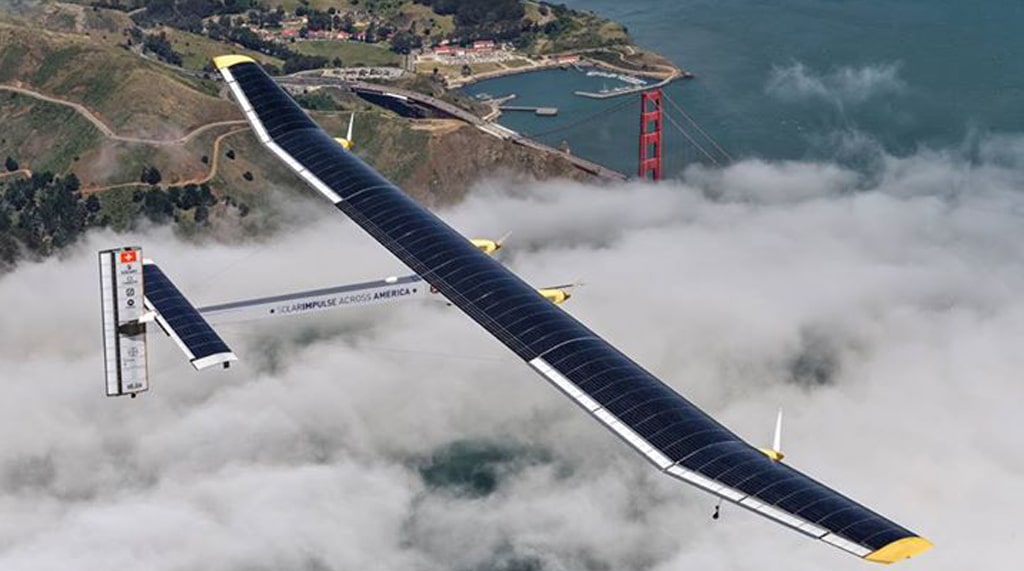On March 8, a solar-powered plane called the Solar Impulse 2 began its attempt at a historic trip around the world. On board the futuristic aircraft are Swiss pilots Andre Borschberg and Bertrand Piccard — and, possibly, the future of “green” technology.
The innovative plane began its journey in Abu Dhabi and has scheduled stops in India, Myanmar and China before taking the big flight of faith across the Pacific Ocean to North America.
If the trip around the globe is successful, Solar Impulse 2 will make history as the first solar-powered aircraft to circumnavigate the globe, Live Science reports.
If all goes according to plan, the global trip will be on its final leg in July or August.
Both pilots acknowledge that there will be a lot of challenges along the way.
Whether its battles with the weather or just administrative issues, there are a lot of factors that will come into play when deciding the success of the trip.
Before the trip round-the-world is even completed, however, the aircraft is already worthy of praise.
The solar-powered plane has the ability to harness energy throughout the day to keep the light aircraft operative at night.
Both scientifically and aesthetically, the plane is an intriguing work with serious potential to revolutionize the way consumers and corporations view sustainable energy and “green” technology.
About now is when many people begin to wonder, “How am I still watching gas prices like they’re lottery numbers when a plane can fly around the world without using a drop of fuel?”
Well, the trip across Earth could potentially drive more changes.
Let’s be clear. A successful trip will not get corrupt politicians out of bed with oil tycoons nor will it hack away at corporate greed that is keeping many companies invested in keeping the oil industry alive despite what it means for the environment.
What a successful flight could mean, however, is that consumers will be exposed to the reality that bidding farewell to harmful fossil fuels doesn’t mean they will have to shift their lifestyles to something mirroring that of the Flintstones.
Solar Impulse 2 could convince people on multiple continents that green energy is an attractive, affordable and realistic part of the future, especially when it comes to transportation.
Electric cars have not been the grand success consumers hoped for after charging stations seemed relatively inconvenient and the cost of the cars seemed a little pricey, but Solar Impulse 2 could deliver a positive perception of green energy that works with the Earth rather than destroys it.
It will prove to people that anyone suggesting the technology isn’t available for safer, more energy-efficient and environmentally friendly modes of transportation is simply a liar.
When it comes down to it, the transition to solar-powered transportation or electric vehicles that don’t rely on dangerous, costly fuel won’t happen without enough consumer backing.
Solar Impulse 2 could possibly, hopefully, encourage more consumers to realize they could very well be a few years away from efficient solar-powered modes of transportation. They just have to be adamant about making such demands.

